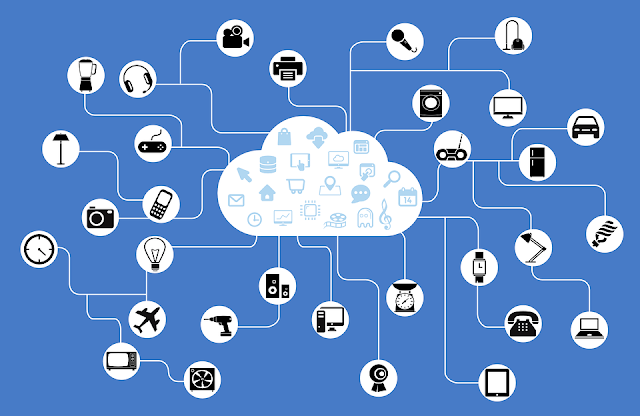The illicit trade of biometric data, sourced from manipulated selfies, fraudulent passports, and cyberattacks on data repositories containing fingerprints to DNA information,...
Biometric Security
Cyber Security
cybersecurity solutions
dark web threats
deepfake prevention
Identity and Access Management
Secure Authentication
synthetic ID fraud
zero trust technology








.jpg)

